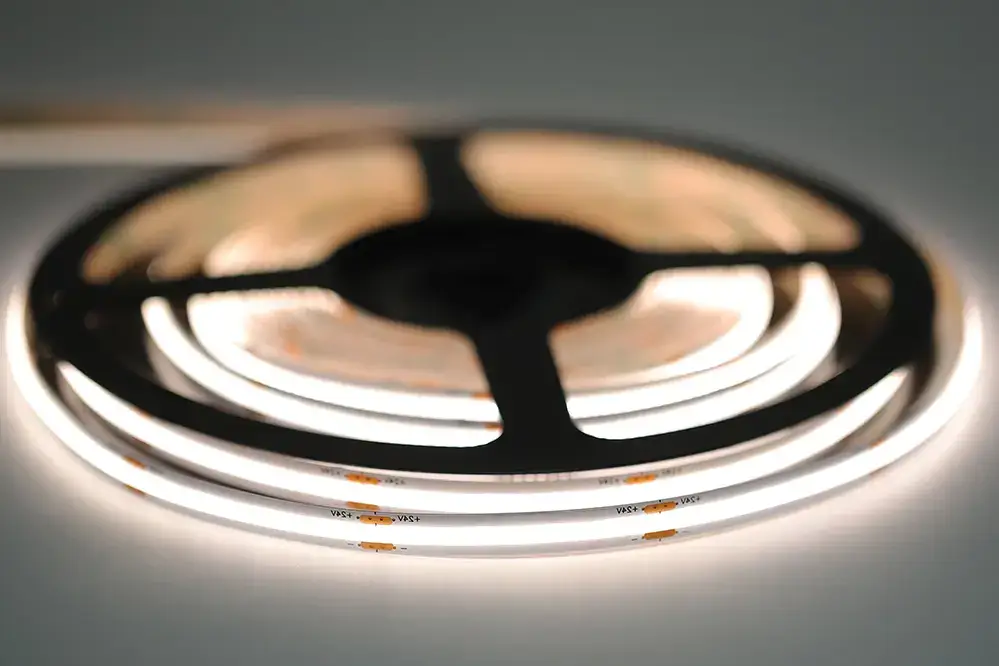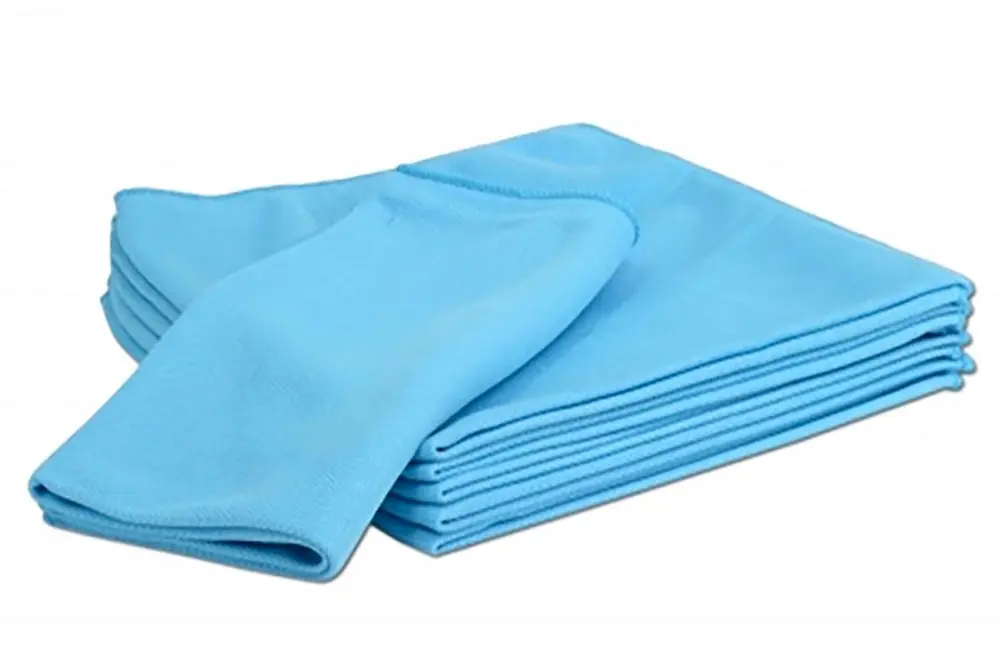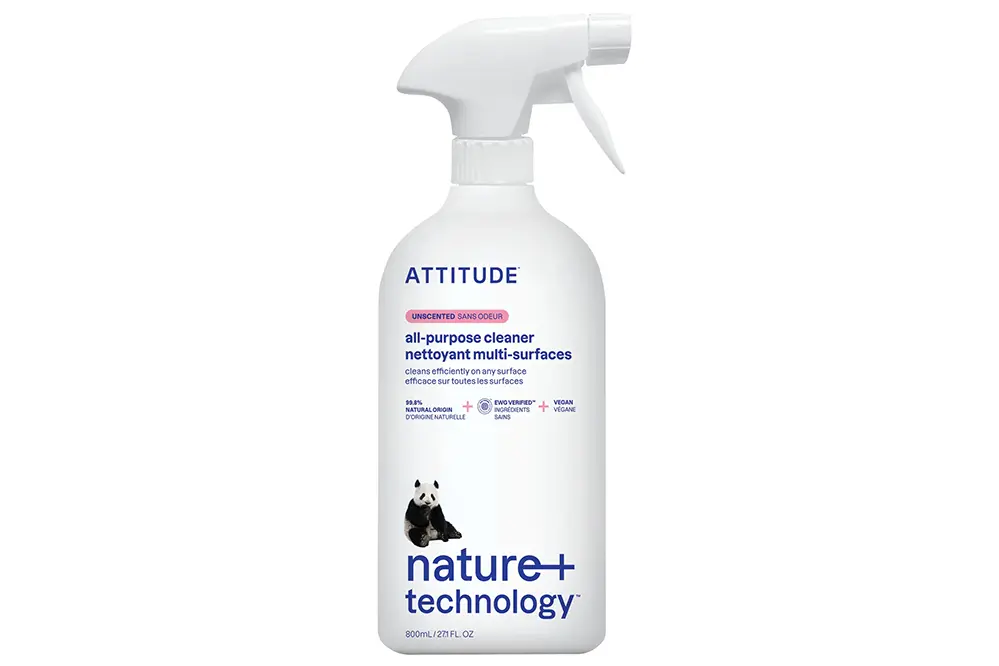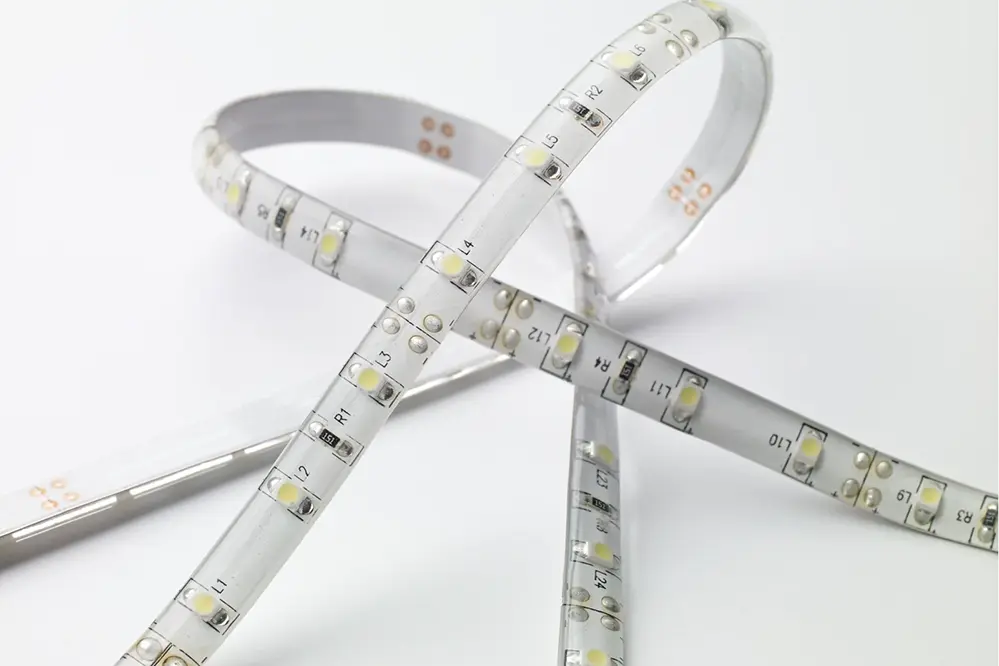What if I told you that the proper cleaning and maintenance of LED strips could save you hundreds of dollars in replacements and repairs? Many people overlook the simple yet crucial steps needed to maintain these lighting marvels, often leading to premature failure and unnecessary expenses.
The truth is, LED strips are not just about aesthetics; they play a vital role in energy efficiency and ambiance creation. In this guide, we’ll unravel the common misconceptions surrounding LED strip care, highlight the benefits of regular maintenance, and provide a roadmap to ensure your lights remain in top condition.
From cleaning techniques to troubleshooting tips, this article is your comprehensive resource. Dive in and discover how to maximize the lifespan and performance of your LED strips.
Introduction to LED Strips

LED strips radiate creativity and versatility like never seen.
These flexible, energy-efficient lighting solutions have transformed the way we illuminate our environments. From the cozy warmth of residential settings to the high-tech ambiance of commercial spaces, LED strips illuminate our world with unparalleled brilliance and adaptability. Ingeniously designed, led lighting strips offer endless opportunities for innovation and artistic expression.
The variety of applications for LED strips is indeed awe-inspiring.
Their uses stretch from enhancing personal spaces to – in more commercial and digital arenas – crafting immersive experiences through visually dynamic displays.
As we explore the exciting potential of these incredible lighting solutions, understanding their development trajectory across the luminous landscape of 2023 further fuels our creative visions. This knowledge not only empowers us to implement smarter, more sustainable choices but inspires groundbreaking interpretations that challenge conventional lighting paradigms.
Benefits of LED Strip Maintenance
Proper cleaning and maintenance of LED strips significantly extend the lifespan and enhance the efficiency of these versatile lighting solutions.
Since their introduction, LED strips have emerged as champions of energy efficiency, reliability, and customization. Regular maintenance ensures that these core benefits are preserved, allowing the vibrant allure of LED strips to endure in stunning clarity and performance. A commitment to maintenance, therefore, protects your investment and maximizes its utility.
Furthermore, LED strips that are well-maintained are less prone to failures and deterioration, augmenting their reliability. By addressing early signs of dust buildup and circuitry wear, one can prevent potential electrical issues. This proactive approach not only saves time and resources but also contributes positively to safety, especially in critical environments.
The financial advantage of maintaining LED strips is undeniable. Avoiding frequent replacements and reducing the necessity for repairs translates to cost-effectiveness over time. Savvy consumers recognize the potential for substantial savings, optimizing resources while maintaining a world-class aesthetic in their illumination endeavors.
In essence, preserving LED strips elevates both performance and practicality, weaving opportunity and brilliance into our daily lives.
Recommended Cleaning Materials

Proper cleaning ensures LED strips last longer.
Gathering the right tools is the first step. Use soft microfiber cloths to avoid scratching the delicate surface of the strips. Additionally, select distilled water or a gentle, pH-neutral cleaner to eliminate residues. Remember, steering clear of harsh chemicals extends the lifespan of the adhesive and other components.
Avoid abrasive materials at all costs.
Another crucial tip is to keep your workspace dry – not only does this help prevent potential damage to the LED strips – it also minimizes accidental electrocution risks. For more stubborn grime on led strip lights, mild soap solutions work wonders.
With these cleaning recommendations, you’re embracing the proactive maintenance strategies of tomorrow, poised to extend your LED strips’ 2023 lifespan into the next decade and beyond. Your commitment to carefully chosen materials will illuminate paths of enduring quality and remarkable savings, championing the status of your lighting ambitions.
Steps for Proper Cleaning

Start by gently dusting the LED strips with a dry microfiber cloth, a cornerstone of meticulous maintenance that removes loose particles. This primary step ensures a clean surface, facilitating optimal function and extending the longevity of the LED strips.
For comprehensive cleaning without damage, lightly dampen your microfiber cloth with a “pH-neutral” cleaner. Apply it on a small, inconspicuous area first to test compatibility and ensure the cleaner does not affect the connection points. If no adverse effects appear, proceed to cleanse the entire strip, taking care to avoid the connectors and sensitive electronic components. Your attention to detail in this process safeguards your investment and supports sustained luminescence.
Power Off and Unplug
Ensuring the power is completely off is paramount before you embark on cleaning your LED strips. Disconnecting from any power source is the first essential step for safety.
This simple action eliminates the risk of electrical shock and safeguards the internal components from potential damage. Always prioritize your safety and the integrity of your setup.
Regularly powering off LED strips can extend their lifespan, enhancing energy efficiency and reducing overall wear.
Take precautionary measures: confirm that the power switch is off, and the plug is removed from the socket (ensure the circuit is dead), creating a safer environment for maintenance. By respecting these basic principles, you’re setting the stage for a seamless cleaning process and a longer-lasting LED setup.
Dust and Debris Removal
Dust and debris can accumulate over time, limiting the performance and lifespan of LED strip lights.
To maintain optimal functionality, adopt a consistent cleaning schedule with a microfiber cloth, ensuring the delicate surface remains spotless and free from particulate interference. This simple tool, gentle yet effective, captures dust without scratching the LEDs, preserving their luminous integrity for extended usage.
Occasionally, use canned air to dislodge grime from challenging areas. As an additional measure, closely inspect the adhesive backing, preventing accumulated debris from impairing the adhesion and causing strips to detach from their intended surface.
With persistent maintenance, you amplify the vibrancy and longevity of your LED strips, maximizing their utility and aesthetic appeal. By embracing these rigorous practices, you champion not just the efficiency of your lighting solutions but also a commitment to maintaining an environment imbued with clarity and precision.
Safe Cleaning Solutions
The integrity of LED strips highly depends on the use of appropriate cleaning agents. It’s critical to select cleaning solutions that will not compromise the protective coatings on the LEDs.
Opt for solutions that are free from corrosive components such as alcohol or ammonia, as these can erode the delicate elements of the led strip lights. Gentle, non-abrasive cleaners designed for electronics are preferable.
A diluted mixture of water and mild dish soap can effectively remove stubborn dirt without damaging the LED surface. Apply the solution with a damp microfiber cloth, ensuring minimal moisture exposure.
Avoid spraying liquid directly onto the LED strips. Instead, moisten the cleaning cloth slightly and carefully wipe the surface, maintaining a delicate touch to prevent unintentional harm.
Selecting safe cleaning agents will protect your LED investment and sustain its vibrant illumination for years to come.
Handling Waterproof LED Strips

Handling waterproof LED strips requires extra care.
Waterproof LED strips are designed for environments where moisture is prevalent. The waterproof coating ensures they can withstand unexpected exposure to water, but it’s still vital to treat them with care. Remember, damage to this coating can drastically affect the strip’s functionality and lifespan.
When cleaning, focus on the waterproof surface.
The coating itself is robust, yet it is prudent to use gently. Only clean with a damp cloth – not soaked – to avoid overwhelming the protective barriers. This approach ensures minimal risk while preserving the strip’s longevity.
Moreover, incorporating regular inspections into your routine maintenance will further protect these resilient LED strips. Monitoring them for any signs of wear or damage early on, perhaps from the rigors of 2023’s evolving LED technology, means you can address issues preemptively. This proactive care will keep your waterproof LED strips shimmering brilliantly, withstanding the test of time.
Identifying Common Issues
LED strips, like any innovative technology, may sometimes face operational challenges that require prompt attention to protect their longevity and performance. These issues, however, should not dishearten.
Common problems include unexpected dimming or flickering over time. Addressing these signals quickly is crucial. Consistent inspection can unveil loose connections or faulty wiring that may hinder the LED strip’s optimal functioning. By diagnosing such concerns early on, you preserve the strip’s efficiency.
Environmental factors also contribute to frequent issues with LED strips. Exposure to high humidity or abrupt temperature changes can gradually deteriorate the protective coating, leading to potential performance setbacks. It’s imperative to conduct regular environment assessments, ensuring that the operational setting is conducive to the strips’ stability.
Lastly, consider implementing a cyclical maintenance schedule to stay ahead of any imminent obstacles in the performance of your LED strips. This methodical approach not only ensures a consistent brightness output but also extends the lifespan of the strips, sparking newfound confidence in your lighting installation. Remember, vigilance paired with timely intervention wards off long-term disruptions effectively.
Regular Maintenance Schedule
Establishing a regular maintenance schedule for your LED strips is the cornerstone of ensuring longevity and consistent performance. Approach this task with a structured plan.
Schedule bi-monthly inspections as part of the maintenance regimen for your LED strip lights, focusing on key operational indicators. This helps catch and address any potential issues promptly.
Moreover, thorough cleaning should be carried out monthly, concentrating on removing dust (using microfiber cloths recommended) and contaminants.
Always follow manufacturer guidelines when maintaining and cleaning to prevent voiding warranties or causing inadvertent damage, preserving the integrity of your investment.
Document each maintenance session to track the condition of your LED strips, noting any recurring issues to fine-tune your maintenance strategy and achieve optimal results over time.
Ultimately, the peace of mind that comes from your strip’s peak performance is invaluable. Proper attention ensures your lighting remains reliable, contributing to a visually captivating environment.
Extending LED Lifespan
A proactive approach toward maintenance significantly enhances the lifespan of LED strips and maximizes their performance.
Regular inspection, as detailed in the structured maintenance plan, complements other strategies, including proper cleaning. Such inspection enables early detection of any anomalies, ensuring timely interventions that might otherwise prolong existing issues. This forward-thinking methodology not only extends the longevity but also optimizes operational efficiency.
Additionally, dust and debris can act as insidious threats to LED quality. By maintaining a regular cleaning schedule, using delicate tools like microfiber cloths, you can mitigate these adversaries effectively, ensuring that your LED strips consistently illuminate with their intended vibrancy.
Further, implement temperature and humidity controls to provide an optimal environment for your LED strips. Consider investing in quality surge protectors to shield against voltage fluctuations, which can pose risks to the delicate components of LED strips. Through these considered measures, one supports not only the uninterrupted beauty and brilliance of LED displays but also fosters sustainability in lighting solutions, benefiting both the environment and your investment.
Safety Precautions
When engaging in the proper cleaning and maintenance of LED strips, safety is of utmost importance and cannot be overlooked.
Firstly, it is imperative to ensure all power sources are disconnected before commencing any maintenance task. This simple precaution significantly reduces the risk of electrical shock and ensures a secure working environment. Moreover, never attempt to handle wet cleaning processes around connected electrical components, as moisture poses substantial electrical hazards.
Importantly, wear protective gear such as gloves to safeguard your hands against accidental cuts or abrasions. While LEDs are not typically sharp, the surrounding components and surfaces may present unexpected hazards during handling.
Lastly, take precautionary steps to secure a stable working area when reaching or stretching to clean LED strips, especially in hard-to-reach places. Utilize a sturdy ladder if necessary, but ensure it is properly grounded to prevent falls. Through these concerted efforts, every cleaning and maintenance endeavor can contribute positively to the safe and effective care of your LED systems, fostering an environment of safety and efficiency.
Tips for Proper Installation
Begin with the selection of quality LED lighting strips to ensure durability and optimal performance, as they are foundational to your success.
Make certain to clean your installation surface thoroughly for maximum adherence.
It’s essential to measure twice to avoid mistakes; incorrect measurements can lead to a myriad of installation challenges when considering angles or custom lengths.
Use connectors designed for LED strips to ensure a secure fit, preventing functionality issues due to loose connections. Be mindful of power ratings to avoid overloading, which can diminish longevity. Lastly, follow the manufacturer’s directions meticulously to not only empower performance but also validate any warranty provisions, ensuring long-term satisfaction with your installation.
Conclusion
The proper cleaning and maintenance of LED strips are pivotal to their longevity.
Adhering to these guidelines guarantees optimal brightness and energy efficiency.
By consistently implementing routine checks and delicate cleaning, you foster an environment where your LED strips perform at their peak, delivering captivating illumination. This proactive approach not only sustains bright lighting but also minimizes the likelihood of technical issues, therefore guaranteeing prolonged satisfaction.
Embrace these strategies with confidence, knowing that you are investing in the continued brilliance of your lighting solutions. Such dedication invites efficiency and elevates the ambiance of any space, ensuring your surroundings remain vibrant and inspiring. As you “illuminate” your way forward, your enhanced expertise in LED strip maintenance shines through.





